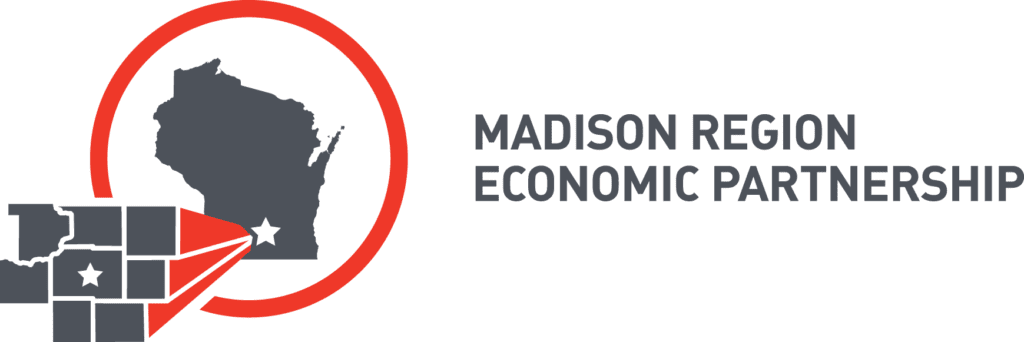WWBIC has announced that they are now opening up the PPP loan process to non-WWBIC clients. Funds are limited, so this will be on a first come first serve bases. Business owners who have not applied for PPP loans with a bank or financial institution are encouraged to apply.
The application is available at https://wwbic.lendwithspark.com/widget/leadframe/?version=16.
Applications Tips
- Please only press “submit” once.
- There is no application fee. Please bypass the screen requesting a $75 fee.
- After submitting the application, applicants will receive an email inviting them to complete the process. A video will guide applicants through the rest of the process.
Click here to watch a video on the WWBIC PPP loan process.
Key notes on the PPP Program: This is a Small Business Administration (SBA) loan under Section 1102 of the CARES Act which are eligible for forgiveness and are available to employers with less than 500 employees. Such loans will be handled through WWBIC and guaranteed 100% by the SBA.
WWBIC will need the following financial information in order to process the SBA loan application:
1. Paycheck Protection Program Application – attached for your information gathering purposes and reference. You will be required to enter this information on WWBIC’s Online Application platform, “Spark.”
2. Payroll processor record, payroll tax filings, or Form 1099-MISC, or 2019 tax return from a sole proprietorship from the past 12 months
3. Annual Payroll Statement (if applicable)
4. Payroll statement showing business was actively paying salaries and payroll tax on 2/15/20
5. IRS form 941 (employer’s quarterly Federal Tax Return) (if applicable)
6. IRS from 944 (employer’s annual federal tax) (if applicable)
Should your PPP loan be approved, note that the following documentation will be required to submit as part of SBA’s loan eligibility forgiveness application process:
1) Copies of payroll tax reports file with the IRS (including Forms 941, 940, state income and unemployment tax filing reports) for the 8 week period following the original of the loan.
2) Copies of payroll reports for each pay period for the 8 week timeframe following the origination of the loan. Gross wages including PTO (which might include vacation, sick, and other PTO) should be reflected.
3) Documentation reflecting the health insurance premiums paid by the company under a group health plan including owners of the company for the 8 week period following the origination of the loan should be provided. Copies of the monthly invoices should suffice.
4) Documentation of all retirement plan funding by the employer for the 8 weeks following the origination of loan should be sufficient. Copies of workpapers, schedules and remittances to the retirement plan administrator should be available.
5) Copies of all lease agreements for real estate and tangible personal property should be presented along with proof of payment during the 8 week period following the loan origination date.
6) Copies of all statement of interest paid on debt obligations incurred prior to February 15, 2020 indicating payment amounts and proof of payment for the 8 week period following the loan origination date.
7) Copies of cancelled checks, statements or other evidence of utilities paid during the “covered period” for the 8 week period following the loan origination date.
IMPORTANT NOTES:
Each borrower will need to certify that the documentation is true and accurate and that the amount for which forgiveness is being requested was used to make payments to retain employees and to make interest payments on covered mortgage obligations, covered rent obligations and covered utility payments. The SBA may request further information. There will be NO forgiveness if the documentation is not presented and accurate. The SBA will provide a decision within 60 days after receipt of an application for forgiveness. The amount of any loan forgiveness under this program is NOT taxable income.
